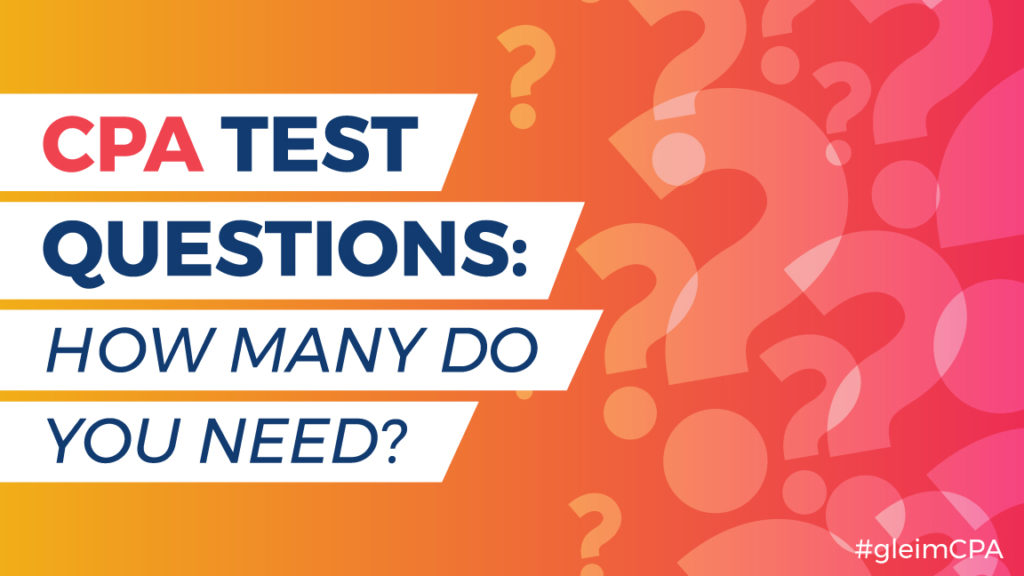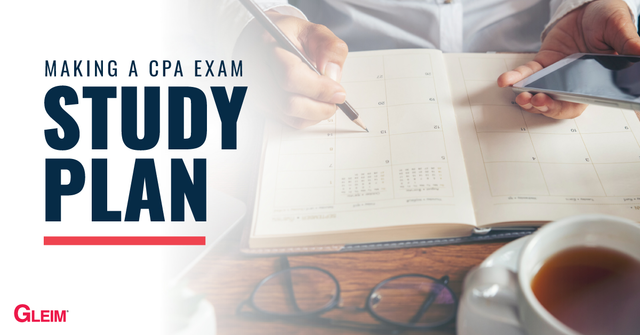Generating written communication is a regular part of the CPA profession, so the CPA Exam tests candidates on their ability to write with the BEC Written Communications (WCs). These tasks involve addressing a letter or memo to a client or management and providing information such as a recommendation or explanation. The WCs only appear in the BEC CPA Exam section, but because they account for 15% of your BEC score, you should prepare for them by following BEC Written Communication tips for studying. Then, do even more to secure a passing BEC score by applying these CPA BEC Written Communication tips for testing when you sit for the CPA Exam.
CPA BEC Written Communication Tips for Testing
- Brainstorm your response
When you respond to a WC, begin by brainstorming to come up with a plan. By taking a minute or two to formulate your response, you will be able to properly consider the format of the document you are being asked to create. You’ll also be able to take into account the questions that are being asked, the steps you must take to answer these questions, the audience to whom you are writing, and any important terms or phrases related to the topics within your response. By allowing your mind to generate a whirlwind of thoughts, you can clear the air around your response and chart an effective course for your writing.
- Organize your response
Once your mind is swirling with ideas, catch each idea and put it in its proper place by formulating an outline. An outline can help you create a structured, complete response, but only if you limit your time on this task. When you use this CPA Exam time management system, you’ll have 75 minutes to complete 3 WCs, so allot 25 minutes to each WC and spend the bulk of your time writing and editing rather than brainstorming and outlining. An example timeline would be to brainstorm for 2 minutes, outline for 3 minutes, write for 15 minutes, and edit for 5 minutes.To outline your response, arrange your ideas within an introduction, body, and conclusion, and fill in your main points with three or four sub-points of support. After restating in the introduction the questions the WC raises, present a thesis statement that delineates how you will solve the problems in question. Then, build out the body of your response beneath the topic sentences that will lead each new paragraph. These topic sentences should provide a more detailed explanation of your plan for addressing the problems. To indicate the sentences that will enhance your primary points, add bullets of background information, examples, details, benefits, and keywords in a logical order. Only use bullets in your outline: the presence of bullets in your actual response is discouraged.You should conclude each paragraph with a sentence that wraps up your current point and cleanly transitions to the next , so include ideas for those sentences in your outline . The final paragraph of your response should summarize the thesis statement in a conclusion that offers valuable advice and confirms that it is the best for various reasons. Quickly reference this advice and your reasoning for it in your outline.
- Write your response
The presence of a well-developed outline should make writing your WC response much easier. If you stay true to the direction of your outline, all you have to do is turn your bullet points into coherent sentences. Again, don’t forget to eliminate bullets from your full response. With your ideas in place, you can focus on crafting concise, accurate, and grammatically-correct sentences as you go. Make the tone of your response professional yet friendly, and mix up the length of your sentences so your response isn’t too rigid. Use technical accounting terminology when applicable, and avoid being repetitious with your word choice.
- Edit your response
After you finish the first draft of your response, devote the time remaining to proofreading so you can submit a more polished second draft. Carefully reread your writing and be on the lookout for missing periods or commas, fragments or run-ons, misspelled words or misplaced modifiers, and incomplete thoughts. Question every part of your response to determine if there is a better word to use or a better remark to make.
- Grade your response
To maximize the productivity of your final five minutes of editing, self-grade your response. You can self-grade your responses to both practice WCs and actual WCs to quickly and accurately determine their quality. Self-grading your responses improves your writing and thereby strengthens its fulfillment of the AICPA’s requirements. To grade your responses yourself, note if your writing does the following:
- Stays on topic
- Provides factual information
- Gives only legal advice
Score your writing on a scale of 1-5 for how well it meets the criteria of organization, development, and expression. To familiarize yourself with WC responses on both ends of the score spectrum before you sit for BEC, check our free CPA Exam study guide for examples. Emulate the high scoring example when you test to prime your writing for an excellent BEC score.
CPA Review with More CPA BEC Written Communication Tips for Testing
You’ll find even more CPA BEC Written Communication tips for testing within the Gleim CPA BEC Review System. Our BEC review shares helpful information for writing your WC responses and reminds you of the AICPA’s writing skills criteria. You can also self-grade your responses using the CPA Test Bank. Learn more about Gleim CPA Review today and preview our BEC review before you buy with our free CPA demo.



